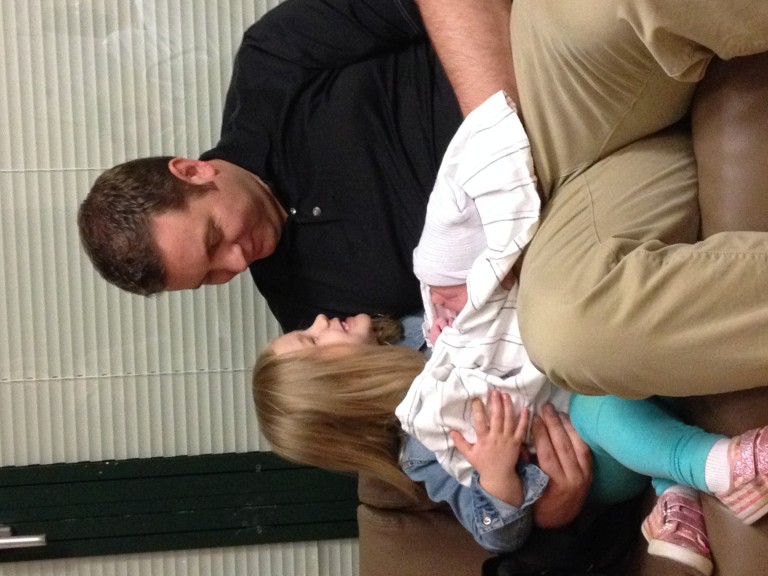Most herd shares involve two costs: a flat rate, often a one-time or annual fee, for the lease; and a monthly boarding fee (often paid quarterly) that covers care of the herd. Prices depend on the farm. I’ve been involved in two herd shares, and the price of the milk ends up being $6-8 per gallon. This sounds like a lot, but keep in mind that store-bought organic milk averages around $3.50 per half gallon, and if you use your raw milk to make your own butter, sour cream, cheese, yogurt, and so on, you save the cost of those products. Most herd share offer a full share (2 to 3 gallons a week, depending on seasonal productivity) or a half share (1 to 1-1/2 gallons). Some even offer a quarter share. Just ask the farmer.
What’s it like?
My experience has been pretty consistent: you show up at the farm with your own containers (I use wide-mouth half-gallon canning jars with plastic lids; the wide mouths make it easy to remove the cream after it rises to the top). At each farm, I was personally trained in the sanitary use of the milk tank by one of the owners. You fill your own jars with last night’s milk (cows are always milked in the evening) from a temperature-controlled bulk tank, sign off on some kind of a pickup log, and off you go. If you want to skim off the cream, you let the milk sit overnight in the refrigerator, and in the morning, you use a ladle to take off the cream. (Let me just say here: nothing is as delicious as fresh cream. Nothing.) Raw milk will stay sweet for 7-10 days in the refrigerator, and then it starts to sour. Sour milk is not “rotten,” though. It can be used to make sour cream, creme fraiche, and yogurt, among other things. A great source of raw and fermented dairy recipes is the cookbook Nourishing Traditions by Sally Fallon. With raw milk, you will notice a fresher, richer taste and texture, and you will notice that even though you may skim off the cream, bits of it will inevitably be left behind to swirl around in the milk.
How do you know it’s safe?
Do your homework. Both of the herd shares I’ve been part of publicly documented their practices for members. They are small, family-owned operations who care about what they do, and do it because they have a vested interest in people’s health. The cows graze in pesticide-free fields all summer, and eat alfalfa and hay in winter. They are never given hormones or treated with antibiotics; if they fall ill, they are taken off the milk supply and treated with herbs and gentle care until they recover. The milk is voluntarily tested for every strain of virus and bacteria you can imagine on a monthly basis. Neither farm has ever had a customer fall ill due to the consumption of the milk. A reputable farm will engage in these practices, and will tell you that up front. You will also be invited to tour the milk operation and meet the farmer before you join.
Personally, I find that raw milk tastes better than anything I can get in the store. So do the butter, yogurt, and other products I make from it, and none of them are difficult to make. Some require a day or two of “resting,” but the actual effort is minimal – and the taste is worth the work they do require.



